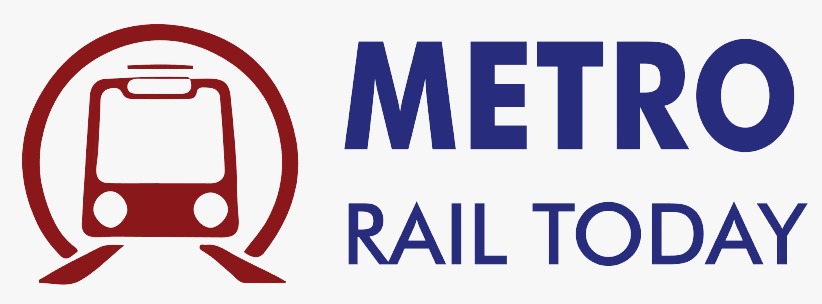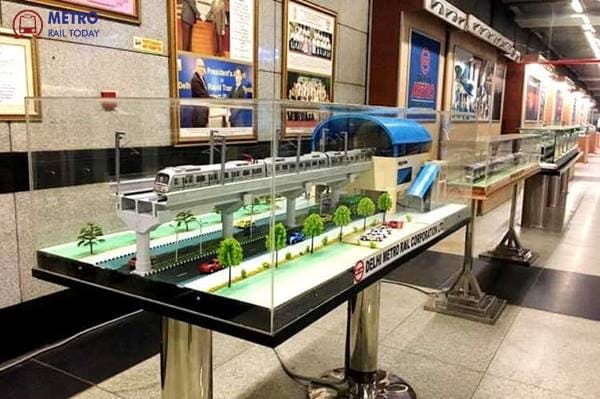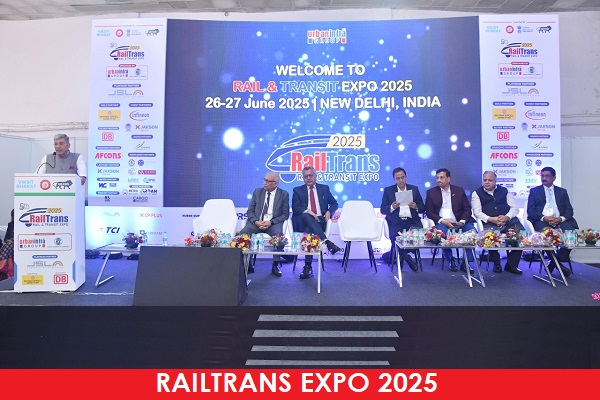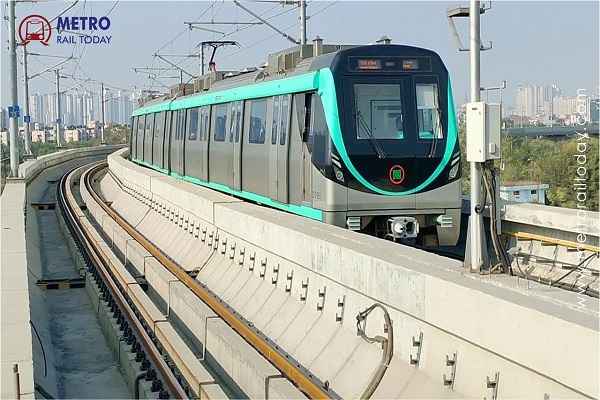 Ayesa India wins Design Consultancy Contract for Noida Metro Aqua Line Extension
Ayesa India wins Design Consultancy Contract for Noida Metro Aqua Line Extension Vossloh Cogifer bags Track Infrastructure Contract for Delhi Metro Phase 4 Corridors
Vossloh Cogifer bags Track Infrastructure Contract for Delhi Metro Phase 4 Corridors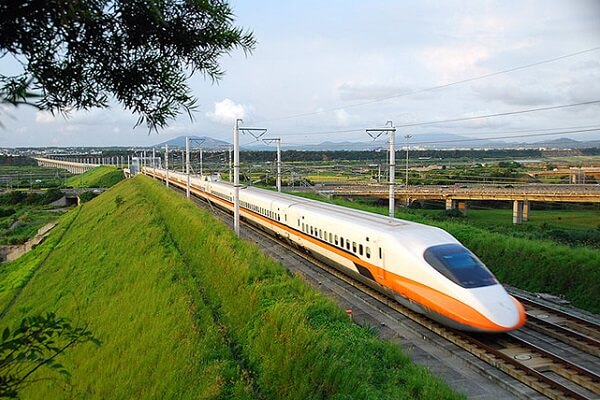 Railway finalised revised alignment for ₹16,000-crore Pune–Nashik Semi High-Speed Rail Corridor
Railway finalised revised alignment for ₹16,000-crore Pune–Nashik Semi High-Speed Rail Corridor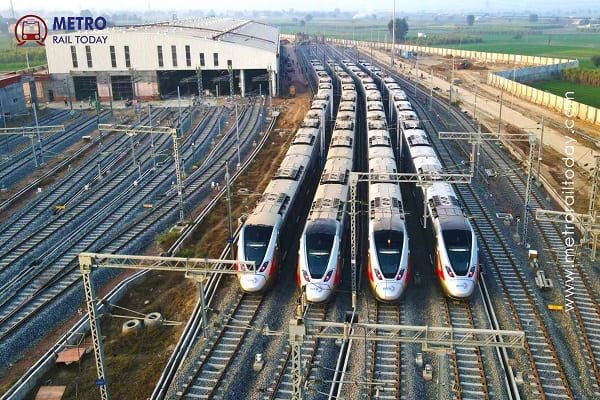 India’s First High-Speed, Signalling-Integrated CMV launched for Namo Bharat RRTS Corridor
India’s First High-Speed, Signalling-Integrated CMV launched for Namo Bharat RRTS Corridor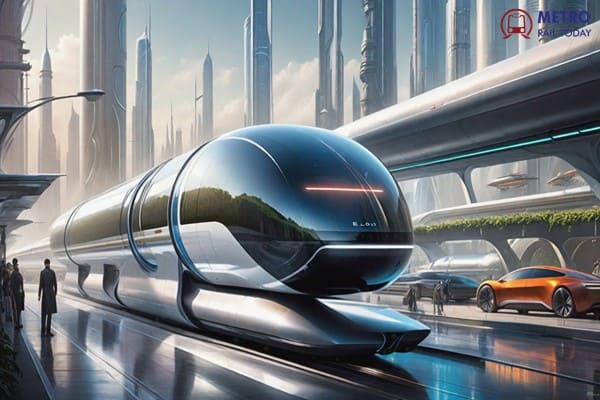 TuTr Hyperloop secures First-Ever Order from Deendayal Port Authority
TuTr Hyperloop secures First-Ever Order from Deendayal Port Authority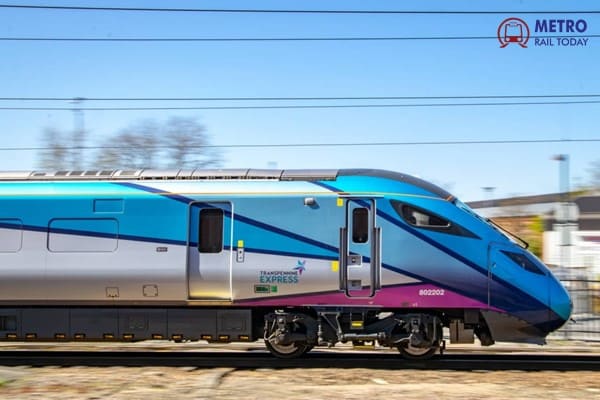 BEML bags ₹157 Crore Order from Loram Rail for Switch Rail Grinding Machines
BEML bags ₹157 Crore Order from Loram Rail for Switch Rail Grinding Machines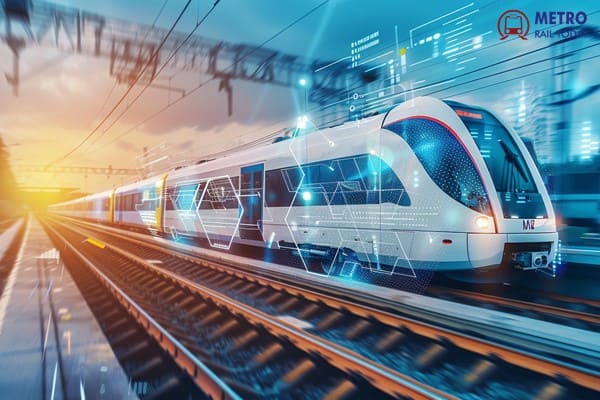 MxV Rail and KRRI forge Global Research Alliance to accelerate Next-Generation Rail Technologies
MxV Rail and KRRI forge Global Research Alliance to accelerate Next-Generation Rail Technologies Uttarakhand seeks Pre-Feasibility Study for Meerut-Haridwar-Rishikesh RRTS Corridor
Uttarakhand seeks Pre-Feasibility Study for Meerut-Haridwar-Rishikesh RRTS Corridor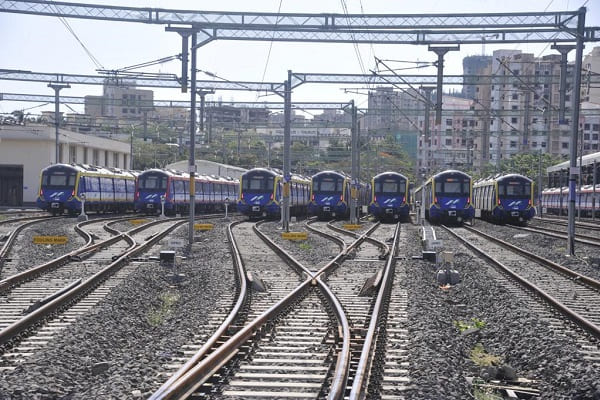 RIFTEK achieves major milestones in partnership with Indian Metro Rail Systems
RIFTEK achieves major milestones in partnership with Indian Metro Rail Systems Egypt all set to launch Alexandria Metro Phase 1 by 2026
Egypt all set to launch Alexandria Metro Phase 1 by 2026
India charts the future of Urban Transport at UMI 2025: Mobility as the Backbone of Development
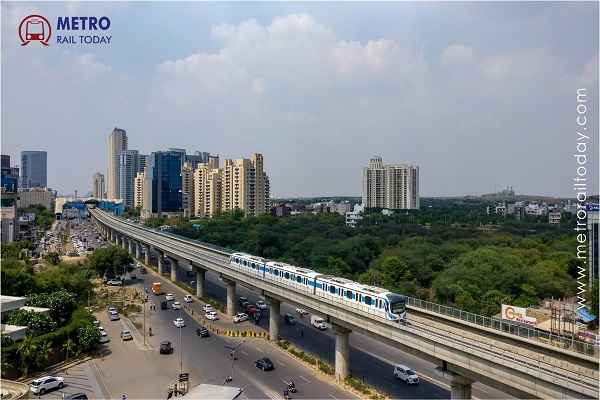
The 18th Urban Mobility India (UMI) Conference & Exhibition 2025 opened with grandeur in Gurugram, Haryana, setting a new benchmark for urban transport dialogue in India. The three-day event, held under the theme “Urban Development and Mobility Nexus”, highlighted the growing integration of city planning, transport infrastructure, and sustainable growth.
The conference was inaugurated by Shri Manohar Lal, Hon’ble Union Minister of Housing & Urban Affairs and Power, in the presence of an illustrious panel including Shri Tokhan Sahu, Minister of State for Housing & Urban Affairs; Shri Srinivas Katikithala, Secretary, MoHUA; Dr. Raja Sekhar Vundru, Additional Chief Secretary (Transport), Government of Haryana; and Dr. Chander Shekhar Khare, Managing Director, Gurugram Metro Rail Limited (GMRL).
Jointly organized by the Ministry of Housing and Urban Affairs (MoHUA), Government of Haryana, and Institute of Urban Transport (India), in collaboration with GMRL, the event attracted more than 1,600 delegates, including senior policymakers, metro rail executives, transport authorities, international experts, and academic leaders.
Shaping India’s Mobility Future: Ministerial Vision
In his keynote address, Shri Manohar Lal lauded the UMI platform for its pivotal role in shaping India’s transport transformation over the years.
He began his address by extending greetings on the 150th anniversary of the national song “Vande Mataram”, symbolizing unity and progress — the same spirit that drives India’s urban mobility revolution.
“India now boasts nearly 1,100 km of operational metro rail, making it the third-largest metro network in the world — and we are rapidly moving toward becoming the second,” the Minister announced proudly.
He also unveiled the government’s plan to deploy 10,000 electric buses under the PM e-Bus Sewa Scheme, including 100 e-buses for Gurugram, signaling a major shift toward clean, efficient, and inclusive transport in Tier-2 and Tier-3 cities.
Delhi Metro to Lead New Global and Domestic Projects
The Union Minister made a landmark announcement — designating the Delhi Metro Rail Corporation (DMRC), through its subsidiary Delhi Metro International Limited (DMIL), as the nodal agency for executing consultancy, turnkey, and operation and maintenance projects in India and abroad on behalf of MoHUA.
He further revealed that another DMRC subsidiary would serve as the central coordination agency for planning and managing Mass Rapid Transit Systems (MRTS) across India, bringing coherence and standardization to metro and RRTS projects nationwide.
“Transport systems similar to the RRTS will be developed in other major cities,” Shri Manohar Lal said, emphasizing India’s commitment to world-class rapid mobility.
Mobility as a Catalyst for Growth
Shri Tokhan Sahu, Minister of State for Housing and Urban Affairs, highlighted mobility as more than a movement of people — but as a driver of socio-economic transformation.
He praised the government’s focus on Transit Oriented Development (TOD) and the National Common Mobility Card (NCMC), which are revolutionizing commuter experience and ensuring seamless intermodal travel across cities.
Meanwhile, Shri Srinivas Katikithala, Secretary, MoHUA, underscored that urban development and mobility must progress together, ensuring Indian cities remain livable, sustainable, and resilient in the decades ahead.
Haryana Leads the Way with Integrated Mobility
Haryana Chief Minister Nayab Singh Saini expressed pride in hosting UMI for the first time, calling it a “defining moment” for the state’s urban development journey.
“Mobility is not just about reaching destinations; it is about empowerment, economic strength, and environmental protection,” he said.
He outlined the state’s vision for smart, connected, and sustainable cities, emphasizing that integrated transport planning would be key to curbing unplanned urbanization and improving quality of life.
Under Haryana’s Green Transport Plan, the government is introducing smart bus services, expanding metro networks in Gurugram, Faridabad, Bahadurgarh, and Sonipat, and developing Regional Rapid Transit System (RRTS) corridors to connect Delhi, Gurugram, Karnal, and Jewar Airport.
Additionally, the state is focusing on last-mile connectivity, introducing electric buses, e-rickshaws, and cycle tracks across major cities like Faridabad, Rohtak, Karnal, Hisar, Panipat, Yamunanagar, and Ambala.
“Every policy must reflect intergenerational responsibility. This planet does not belong to us alone — it belongs to our children and their future,” Saini added.
Innovations on Display: Exhibition and Knowledge Exchange
The Urban Mobility Exhibition 2025 was inaugurated by Union Minister Shri Manohar Lal, who also took a symbolic ride in a retrofitted electric auto-rickshaw — converted from a CNG model — to demonstrate India’s innovation in green transport.
Over 25 exhibitors showcased state-of-the-art mobility solutions, including smart ticketing, EV infrastructure, urban planning software, and multimodal integration technologies.
The event featured two plenary sessions, one mayoral conclave, and eight technical sessions, alongside eight roundtables and eight research symposiums. More than 170 speakers shared insights on sustainable transport, financing mechanisms, and future-ready infrastructure.
Valedictory Session: Awards, Announcements, and the Road Ahead
The conference concluded with a Valedictory Ceremony led by Shri Manohar Lal, Chief Minister Nayab Singh Saini, and other dignitaries from the Central and State Governments.
In his closing remarks, the Union Minister emphasized the need to begin urban mobility planning in Tier-2 and Tier-3 cities today, ensuring they grow into well-planned Tier-1 cities of tomorrow.
He also proposed the idea of premium or luxury compartments in metro systems to attract high-income commuters, making public transport aspirational and financially sustainable.
The Minister also announced that the 19th edition of the Urban Mobility India Conference & Exhibition 2026 will be held in Bhubaneswar, Odisha, from 23rd to 25th October 2026.
Recognizing Excellence: 2025 UMI Awards
To honor innovation and excellence, eight categories of Urban Transport Awards were presented to cities and organizations demonstrating exemplary work in sustainable mobility.
| Category | Winner | Organization |
|---|---|---|
| City with the Best Public Transport System | 1) Chennai | Metropolitan Transport Corporation (Chennai) Ltd. |
| 2) Hubballi-Dharwad | Hubballi-Dharwad BRTS Company Ltd. | |
| City with the Best Non-Motorized Transport System | 1) Udaipur | Udaipur Smart City Ltd. |
| 2) Thrissur | State Mission Management | |
| City with the Most Innovative Financing Mechanism | Pimpri Chinchwad | Pimpri Chinchwad Municipal Corporation |
| City with the Best Green Transport Initiative | 1) Hyderabad | Telangana Renewable Energy Development Corporation Ltd. |
| 2) Kochi | Kochi Metro Rail Ltd. | |
| Metro Rail with the Best Multimodal Integration | Chennai | Chennai Metro Rail Ltd. |
| Metro Rail with the Best Passenger Services | 1) Delhi | Delhi Metro Rail Corporation Ltd. |
| 2) Chennai | Chennai Metro Rail Ltd. | |
| Best Urban Transport Implementation (Running Trophy) | 1) Kolkata & Mysuru | WBEIDC Ltd. / KSRTC |
| 2) Bhubaneswar | Capital Region Urban Transport (CRUT) | |
| Special Award for Traffic Management System | Aizawl | Town & Country Planning Dept., Mizoram |
Exhibitor excellence awards were also presented to:
-
National Capital Region Transport Corporation (NCRTC) – First Prize
-
Maharashtra Metro Rail Corporation Ltd (Maha Metro) – Second Prize
-
Embassy of Spain – Third Prize
Mrs. Mamta Shah, Managing Director & CEO, Urban Infra Group, praised the UMI platform for driving policy innovation in the mobility sector.
“The Urban Mobility India Conference has evolved into a vital catalyst for collaboration between government, industry, and academia. Events like UMI 2025 showcase India’s capability to design inclusive, green, and tech-driven mobility systems that reflect the nation’s growth ambitions under Vision 2047.”
A Platform for a Sustainable Future
The UMI 2025 conference reaffirmed that urban transport is not merely an engineering challenge — it is a developmental mission. By integrating planning, innovation, and sustainability, India is crafting the blueprint for smarter, cleaner, and more equitable cities.
With the 2026 edition set for Bhubaneswar, the UMI journey continues — steering India closer to its Vision 2047 goal of becoming a developed, connected, and sustainable nation.
